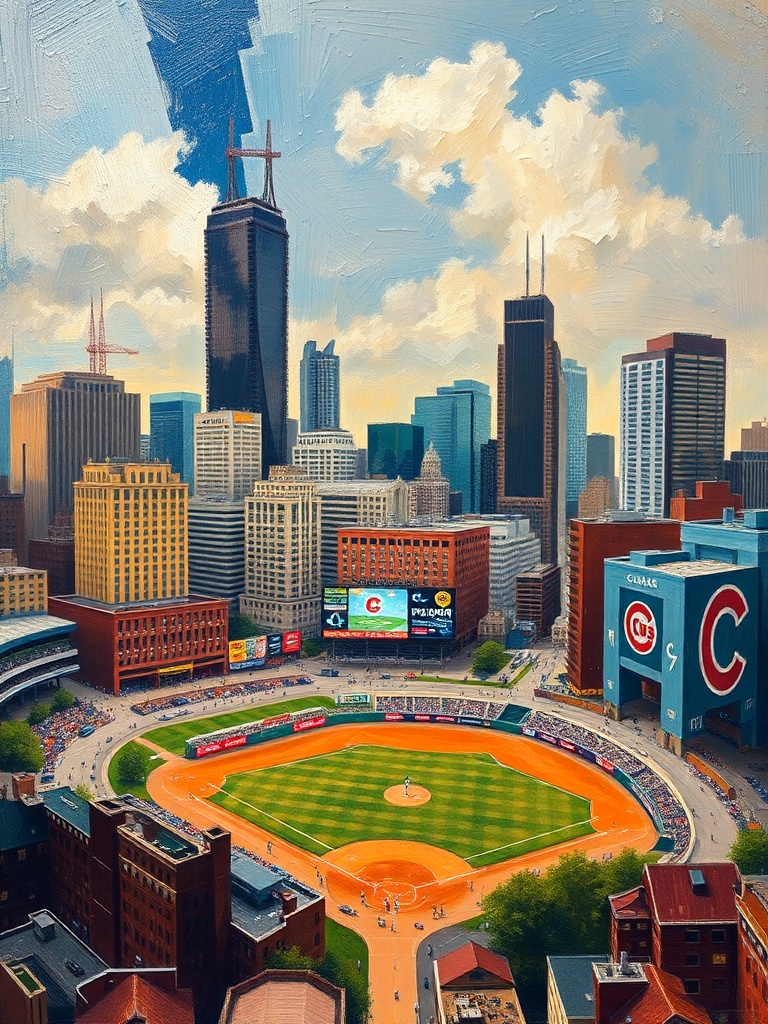Chicago Cubs: How Tradition and Modern Baseball Shape the Future of a Storied Franchise
Few franchises fuse nostalgic charm and modern baseball innovation as distinctly as the Chicago Cubs.
Between the ivy-covered walls of Wrigley Field and the data-driven operations behind the scenes, the team blends fan-first traditions with contemporary approaches to scouting, player development, and community engagement.
Wrigley Field and the Fan Experience
Wrigley Field remains a central part of the Cubs identity. The ballpark’s hand-operated scoreboard, iconic marquee, and rooftop seats across the street create an atmosphere unique to Chicago. Fans still gather early for batting practice, take in the organist’s cues, and enjoy neighborhood restaurants and bars. The integration of enhanced concessions, improved sightlines, and modern hospitality options has elevated the game-day experience while preserving classic elements that longtime supporters cherish.
Prospects, Development, and Roster Building

On the field, the organization emphasizes a balanced approach to roster construction. Scouting and analytics work in tandem to identify high-upside prospects and to translate raw tools into major-league performance. The player-development pipeline prioritizes individualized training plans, biomechanical analysis, and mental skills coaching. That means prospects graduate with a clearer path to contributing at the highest level, and veterans receive targeted programs to extend their effectiveness.
Analytics and Technology
Analytics have become a cornerstone of decision-making. Advanced metrics, Statcast tracking, and pitch-framing data inform everything from defensive alignments to bullpen usage. Yet analytics are a complement, not a replacement, for traditional scouting judgment. Coaches and analysts collaborate to contextualize data with observable traits, resulting in smarter lineup choices, more efficient player usage, and clearer development goals at every level of the organization.
Pitching and Bullpen Construction
Modern pitching philosophies shape how starters and relievers are developed. The Cubs emphasize velocity, spin profiles, and pitch sequencing while still valuing command and pitchability. Bullpen construction favors multi-inning versatility and matchup flexibility, with relievers trained to handle high-leverage situations regardless of inning. This adaptive bullpen strategy helps bridge rotational depth and reduces strain on starting pitchers over the long season.
Community and Culture
Community engagement is a hallmark of the franchise. Outreach initiatives, youth baseball programs, and partnerships with local organizations reinforce the team’s connection to Chicago neighborhoods. The club’s charitable arm supports education, health, and youth development, creating a meaningful presence beyond the diamond.
Fan traditions—singing during late innings, rooftop celebrations, and pregame rituals—continue to keep the Cubs tightly woven into the city’s cultural fabric.
Balancing Legacy with Forward Momentum
The franchise walks a careful line between honoring legacy and embracing progress. From maintaining the timeless charm of Wrigley Field to investing in cutting-edge player development systems, the organization aims to build sustainable success. That means cultivating homegrown talent, making strategic acquisitions, and keeping fans at the center of every decision.
For fans and observers, the most compelling storyline is how tradition and innovation coexist. The sight of ivy on the outfield walls and a hand-operated scoreboard sits comfortably alongside pitch-tracking dashboards and individualized training regimens. That synthesis is a reminder that baseball can evolve while still preserving the rituals that make it beloved—a balance that continues to define the Cubs’ identity and ambitions.